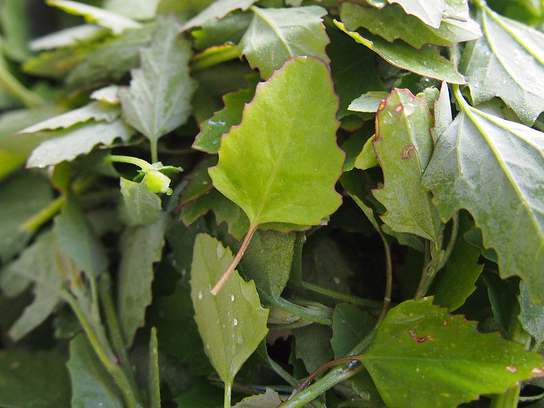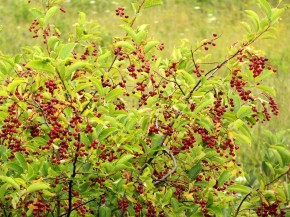
by Eliza Barclay, The Salt at NPR Food (6/2/14)
On American Indian reservations, the traditional diet of wild plants and wild game for food is increasingly being replaced with a far less healthy diet of predominantly high-carb, high-sugar foods.
Along the way, obesity and type 2 diabetes rates have soared. At nearly 16 percent, American Indians and Alaska Natives have the highest prevalence of diabetes among all U.S. racial and ethnic groups, according to the American Diabetes Association.
While researchers have long suspected that the traditional plant foods consumed by Native American tribes in the Northern Plains were super nutritious, no one had ever really studied it.
That's what inspired a paper published earlier this year in the Journal of Food Composition and Analysis by a group of researchers at Virginia Tech and the U.S. Department of Agriculture. They analyzed the nutrients in 10 traditional wild food plants from three Native American reservations in North Dakota.
